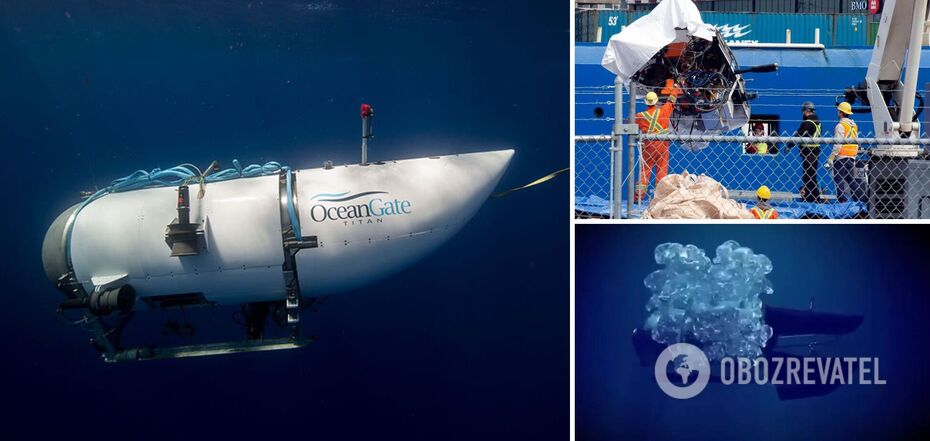Life
They died instantly without understanding anything: a physicist explains how the Titan bathyscaphe died
The Titan submersible, which crashed while descending to the Titanic wreck, died in a flash. The people inside the submersible most likely did not even realise what had happened.
Arun Bansil, a professor of physics at Northeastern University, told Northeastern Global News. According to the US Coast Guard, the Titan suffered catastrophic damage as a result of the implosion.
As the scientist explained, an implosion is an explosion that occurs in reverse, as all its force is directed inwards rather than outwards.
"When a submarine is deep in the ocean, a force caused by water pressure acts on its surface. When this force becomes greater than the hull can withstand, a powerful implosion occurs," said Bansil.
Speaking about what such a catastrophic event could have meant for the five people inside the bathyscaphe, the professor suggested that everything happened so quickly that they did not even realise they were in mortal danger.
"Implosions, like explosions, are very powerful. When the hull is torn apart under enormous external pressure, a large amount of energy is released, and the five passengers would have died instantly. They would not have felt any pain and would not have understood what had happened," the physicist is convinced.
Bansil suggests that the main cause of the tragedy could be the use of carbon fibres in the vessel's construction. He explains that for underwater vehicles, the key is the hull design, which resists the enormous external water pressure that tries to crush the bathyscaphe.
According to the BBC, at a depth of 3,800 metres, where the remains of the Titanic lie, the pressure is about 40 MPa, which is 390 times higher than the pressure on the surface.
"Much of the available technology is based on steel, titanium and aluminium. The behaviour of these materials under extreme loads is well understood. However, the Titan's hull was of an experimental design," the professor noted.
The point is that the hull was made using carbon fibre and only reinforced with titanium. The advantage of carbon fibre is that it is lighter than titanium or steel, so the designers could leave more space inside the tether for passengers.
However, as Bansil points out, the properties of carbon fibre for deep-sea applications are "not very well understood".
"It can suddenly crack and break," the scientist says.
The professor of physics also suggests that Titan could have suffered from "hull fatigue", as this was not its first deep-sea dive.
"(This) could have... made it more prone to catastrophic destruction," the scientist is convinced.
The German online publication BILD previously modelled the implosion of the Titan.
As OBOZREVATEL previously reported, the Titan tragedy occurred on 18 June, when the submersible set off to investigate the Titanic. The wreckage of the submersible was discovered only on 22 June. All the details of this story can be found here.




























